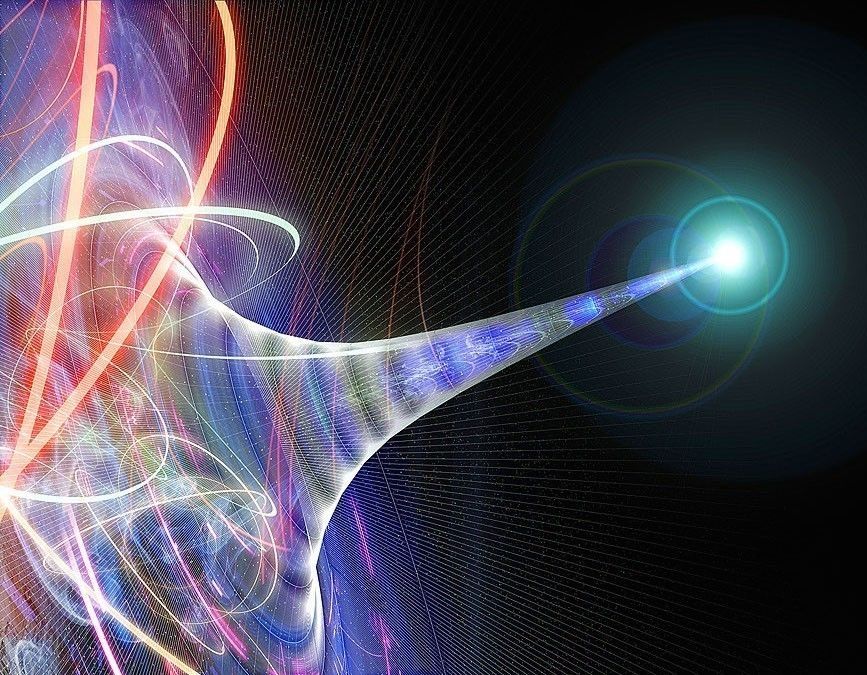A new article on #transhumanism and religion that’s worth reading:
Transhumanists are a group of people who prefer using science and technology to improve the human life. According to Zoltan Istvan, a declared atheists and key leader in the transhumanists movement, “Transhumanism is not a competition. It is simply a mode of being that embraces evolving the human being with science, reason and technology.”
The recent development in the transhumanism movement has seen the colonization of a few groups of religious people, who call themselves religious transhumanists. This group advocates using science, technology and religion to improve the human being. According to Zoltan, in the 21st Century, the formal religion will soon have no choice but to evolve and blend with the advancement in science and technology. Invention of churches in virtual reality, Robot pastors saving Artificial Intelligence through Christ’s redemption and even a Jesus Singularity are all soon going to be an important pillar in the religious movement and America’s future in general.
Although some religious conservatives are now rebuking Christian transhumanists and seeing them as pretenders, and renowned conservative writers like Wesley J. Smith are making jokes about it, the truth is that even the Bible advocates for the improvement of the human being. According to Zoltan, the only thing that lacks in the biblical narrative is that although it largely foreshadows the future, this future does not anticipate the merging of humans with machines, Transhumanist technologies, telepathy, ectogenesis, robotic hearts, brain implants, post-genderism, or artificial super intelligence.
As echoed by Zoltan, most transhumanists, including him, believe in reason. Accoring to them, living on faith, like most followers of Abrahamic religions and others do, is accepting to live vulnerably without the control of one’s life. Yet the society is quickly being transformed by science and technology, and Christians and other religious humans will soon be compelled to embrace this fact.




